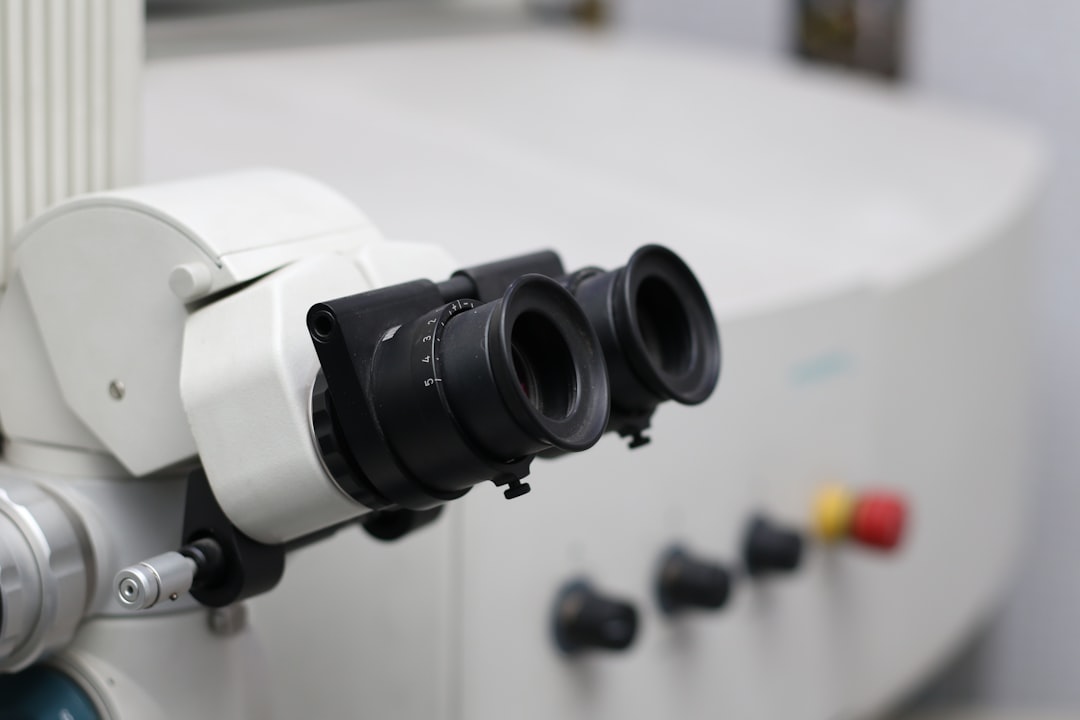What is it about?
We used circular dichroism (CD) spectroscopy with two different software programmes to learn how environmental factors like temperature and humidity affect Ganirelix's secondary structure. Ganirelix acetate contains nine different amino acids (Figure 1). The primary sequence of Ganirelix is as follows: N-acetyl-3-(2-naphthyl)-D-alanyl1-4-chloro-D-phenylalanyl2-3-(3-pyridyl)-D-alanyl3-L-seryl4-L-tyrosyl5-N, N-diethyl-D-homoarginyl6-L-leucyl7-N, N-diethyl-L-homoarginyl8-L-prolyl9-D-alanyl10 amide. Aromatic amino acids include 3-(2-Naphthyl)-D-alanine, 4-chlorophenylalanine, 3-(3-Pyridyl)-D-alanine, and tyrosine. Each amino acid in the connection has a chiral centre. The Ganirelix structure should absorb UV light because it contains aromatic amino acids and chiral centres. A far-UV CD scanner was used to examine the percentage of Ganirelix that is made up of alpha-helices, beta-sheets, beta-strands, beta-turns, and random coils (190-250 nm).
Featured Image

Photo by Hassaan Here on Unsplash
Why is it important?
Temperature and humidity levels can fluctuate significantly during transportation. Changes in the manufacturing process and storage environment are extremely sensitive to peptide molecules, resulting in modifications to their primary (amino acid composition and sequence) and secondary structures. Changes in the primary and secondary structure of certain peptides can have a significant impact on their biological function, so it is critical to evaluate their primary and secondary structural integrity after any processing or storage variation.
Read the Original
This page is a summary of: Evaluation of effects of temperature and humidity on the secondary structure of Ganirelix in an injectable formulation and comparison with Orgalutran® using circular dichroism spectroscopy, Chirality, February 2023, Wiley,
DOI: 10.1002/chir.23552.
You can read the full text:
Contributors
The following have contributed to this page










